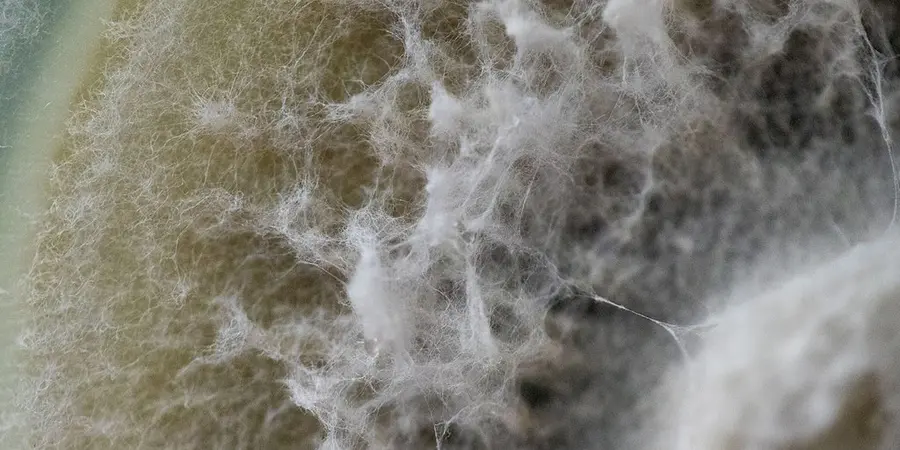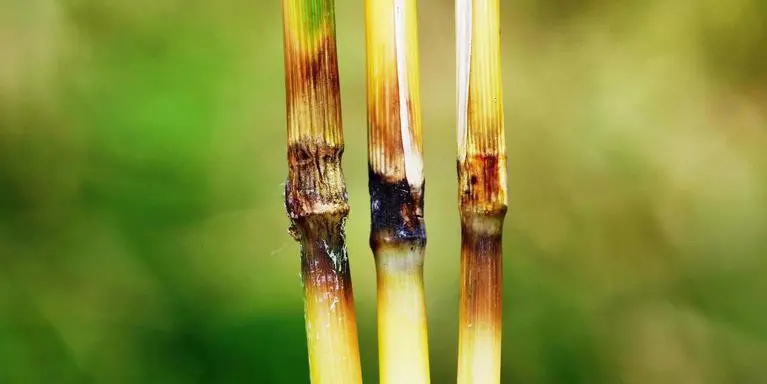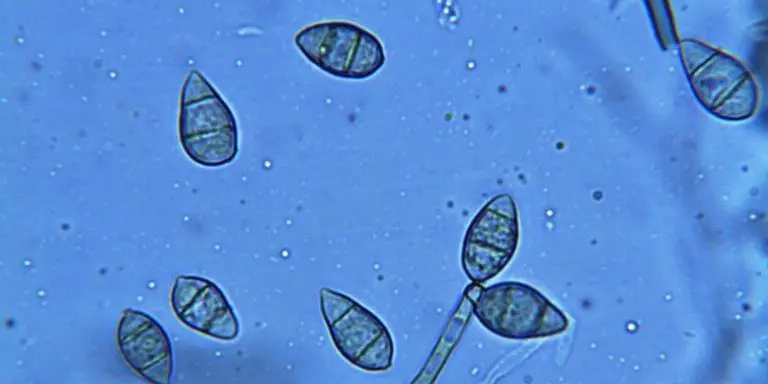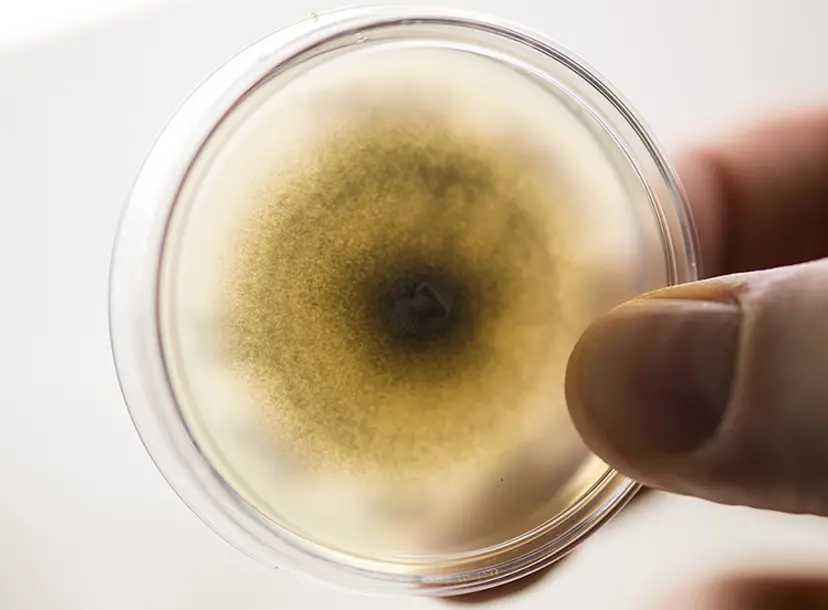My name is Camilla Molinari, I am a PhD student working on plant pathogenic fungi. Every time I tell people I work with fungi, instinctively, they think I work on mushrooms or maybe zombie-ants.
However, fungi come in all shapes and sizes; they can be unicellular or very complex multicellular organisms; they can be found in most habitats, from decomposing dead matter on land to cohabitating within us. Most of them do not infect humans, which perhaps explains why the press has slightly overlooked them.
Although fungal pathogens might not be the major predators of humanity, they can still devastate other environments, and we do not have many (and in some cases any!) ways to stop them. This makes them a huge issue for the stability of ecosystems around the world, reasoning why scientists like me need to understand them.
Fascinating fungi
The fungal kingdom is an extraordinarily diverse group of organisms which have helped create the world as we know it and have the potential to drastically change it as well.
They are found in every environment, impacting global biodiversity, ecology, agriculture, health and manufacturing. Fungi have an amazing evolutionary potential: they easily adapt to new environments, which means they can survive almost anywhere.
They surprise us with their resilience and adaptability to extreme conditions, such as the 200 species of fungi living near Chernobyl's damaged radioactive reactor; or an Antarctic fungus which has been shown to survive Martian conditions.
This remarkable diversity and malleability present both immense opportunities and challenges to humanity. They are fantastic models for learning about metabolism and rapid evolution, presenting great prospects for worldwide problems. And on the other hand, they pose enormous threats to numerous ecosystems.

Parasitic fungi challenging plant health
The latest estimations put the total number of species of fungi at 5.1 million. 300 are known to cause diseases in humans, 1000 in insects and 8000 in plants. We generally take plant health for granted, but just like any other organism, plants are subjected to the attack of pathogens. These include bacteria, viruses, nematodes, insects, but many of the most world’s devastating crop diseases are caused by plant-pathogenic fungi.
The blast fungus threatening our crops
The blast fungus, Magnaporthe oryzae, is the most devastating plant pathogen affecting cultivated rice. Each year, rice is a staple in the diets of around 3.5 billion people worldwide, and this fungus destroys 30% of the annual production.
The blast fungus can also infect over 50 other grass species, including economically important cereals such as wheat and barley. This challenges the economy of several countries and contributes to world hunger, making this pathogen a major threat to global food security.
Outbreaks of this fungal disease destroy entire fields across South America, Asia, and Africa. Specifically, fungal infection of wheat has left a trail of devastation since it was first discovered in Brazil in 1985, causing epidemics in neighbouring countries and, more recently, in other continents. The disease tends to take place in hot and humid conditions, favouring regions with this climate but also threatening new countries due to global warming.
Wheat blast has become an emerging problem worldwide as the fungus infects the head of wheat rather than the leaves, like it commonly does on rice, making the use of fungicides extremely difficult. The latest epidemics have happened in Bangladesh (2016) and Zambia (2018), spreading to 15,000 hectares in Bangladesh and reaching 100% yield loss. The problem escalated so much that eventually, wheat fields were burnt down to stop the spread of the disease. Thankfully, Zambia benefited from previous knowledge and management strategies thanks to open science and international collaboration, leading to a lesser impact of the fungus than in Bangladesh.
Nevertheless, globalization, a changing climate and the rapid adaptability of the fungus are all part of the perfect equation for this pathogen’s destruction.

What are scientists doing to stop the blast fungus?
Researchers like me are trying to understand the mechanisms of infection of the blast fungus, with recent major discoveries shaping our knowledge of this devastating pathogen.
To infect plants, the blast fungus can stick to the host surface. There, it germinates and develops a dome-shaped cell called appressorium. This cell builds the greatest force ever shown in a living cell, up to 40 times of a car tyre pressure. To gain entry to the plant, this pressure is translated into mechanical force, allowing the rupture of the cell wall.
Once inside, the pathogen will colonise each cell through bulbous branches called invasive hyphae. It can manipulate the plant's defence mechanisms and the cell connection points to rapidly spread. The disease on the plant becomes visible between 72 and 96 hours after infection.
Research on plant immunity is also key to stopping the blast fungus. Understanding how some plants can protect themselves is knowledge that can later be utilized to generate resistant crops by genetic modification.
Although new information is gathered constantly, further knowledge is needed to clarify all the questions that remain about plant infection, symptom development, different host targets, the evolution of the fungus and plant immunity. A better understanding of these points gives us hope of tackling the cereal-killer and successfully controlling the disease.

My own research about the rice blast fungus
My PhD research focuses on understanding gene regulation of this fungus at key stages of infection.
Not every gene in the DNA of organisms is active (or on) all the time. We can think of them like switches which are either turned on or off. There are some events that will happen inside or outside of an organism that will activate or deactivate gene expression.
In the laboratory I work in, we have gathered information on what genes are activated when the pathogen is growing inside the plant. As part of my research, I investigate this list of genes and try and understand which ones are in charge of switching on/off genes—we call these gene regulators. I am aiming to identify gene regulators that are key for activating genes necessary for the infection caused by the rice blast fungus.
If we succeed in finding important genes essential for infection regulation, these could become targets for new fungicides or significant information to develop resistant crops.
About the author
Camilla Molinari is a PhD student who studies the fungal plant pathogen Magnaporthe oryzae, commonly known as the rice blast fungus.
She uses molecular biology, bioinformatics and genetics to better understand the plant infection mechanisms of this fungus. She recently completed a three-month internship at the Ri learning about science communication.
She can be found on Twitter at @CamilaMolinari3
